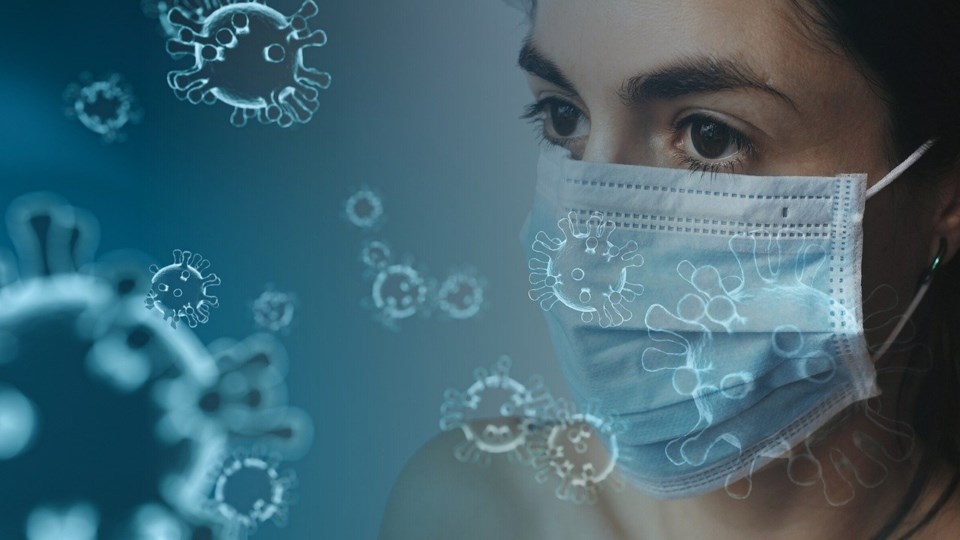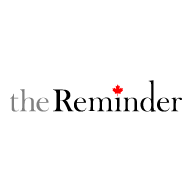As Manitoba keeps hitting COVID-19 recovery milestones, provincial officials are cautioning residents to remain vigilant to prevent a comeback.
Manitoba chief provincial public health officer Dr. Brent Roussin announced no new cases had been detected for 13 consecutive days July 13. No cases have been detected in the Northern Health Region for more than three months. Only one case of COVID-19 is still active.
“We've been through a challenging time and as we loosen things up, there’s a tendency to try to revert back to normal, but we certainly are not back to normal at this point,” he said.
“This virus is not done with us.”
Testing hasn’t been lacking over the past week, with over 1,100 people tested July 11 alone. In total, 8,250 people in Manitoba have been tested in the past 13 days with no positive results.
Despite the low number of cases, Manitoba chief nursing officer Lanette Siragusa said the province’s health care facilities were preparing for a fall comeback.
Hospital bed use is below average right now, with under 70 per cent of beds being used in facilities outside of Winnipeg.
“Overall, we're feeling like we are in a stable situation,” Siragusa said.
“We continue to monitor very closely how we're doing on the indicators and we will continue to plan for higher volumes, more activity and surge capacity in the coming months.”
The province is planning for a COVID-19 resurgence to coincide with the normal seasonal flu outbreak.
Roussin said public health orders could be updated to loosen up restrictions, but Manitoba likely won’t see a formal “phase four.” Public health orders were updated June 26 to allow unrestricted travel between northern and southern Manitoba.
“There's a few things that are still required to be closed due to the orders,” Roussin said. “We're looking at how we can open those up, and other loosening restrictions such as outdoor group sizes. I don't have a specific date, but that's something that we're currently working on.”
Roussin said Manitoba is back to the early stages of the outbreak, where the vast majority of cases are imported from outside the province, saying that remains the biggest risk.
“Although we are at a favourable number now, it really just takes the introduction and one super-spreading event that puts us back into community based transmission,” he said.
“We still have to be vigilant where we are right now.”
Despite the reminders to remain vigilant, Roussin said the province was in a solid position moving forward, but reminded Manitobans to continue performing fundamentals of social distancing, hand washing and - most importantly - staying home if you are sick.
“Looking at things back in April or May, we're probably a lot more ahead than I thought we would be at this point,” he said.
Saskatchewan
While Manitoba appears to have flattened the curve for now, Saskatchewan’s COVID-19 situation looks very different.
The provincial government announced a whopping 56 new cases over the weekend, including 31 on July 13 alone. Despite the spike in numbers, no new cases of COVID-19 were announced in either the north or far north regions.
Two new cases – one in central Saskatchewan and another in the south – were reported July 11, with a spike happening July 12. Thirteen cases were found in the south alone, with five more found in Saskatoon, three in central Saskatchewan and two in Regina. Yet more cases were found Monday, with 27 new cases found in central Saskatchewan alone, two more in Regina, one in Saskatoon and one in southern Saskatchewan.
“Previously reported COVID-19 infections in the Southwest now stretch farther and there is growing evidence of spread throughout Southwest and West-Central Saskatchewan,” reads a news release from the provincial government.
Cases of COVID-19 were found in 11 different rural municipalities and a series of Hutterite communities in southern Saskatchewan.
Meanwhile, far north and north Saskatchewan are showing progress on COVID-19. Only 22 active cases remain in northern Saskatchewan – 16 in the far north, six in the north. These numbers represent a far cry from when outbreaks in the region sparked well over a hundred active cases at a time in the far north. Since July 1, when 54 active cases were found in northern regions, the active case load of the regions has seen a 245 per cent decrease. Far north and north Saskatchewan have reported a combined total of 459 cases of COVID-19 during the pandemic
The province reopened bingo halls and casinos July 9 – a move that led to long lines and full capacity at casinos in Regina and Moose Jaw within hours, according to news reports. The next stage of the provincial Reopen Saskatchewan plan, set to include reopenings for car and trade shows, racetracks, rodeos, banquet and conference halls and live performances in restaurants, bars and farmers markets, appears to remain scheduled for July 16. The next stage may also include increasing attendance limits for indoor events to 30 people.
Phase three of reopening some non-COVID-19 medical treatments went into effect July 13, with discretion from the Saskatchewan Health Authority (SHA). Some forms of mental health and addictions support, chronic disease treatment and specialized programs for people with developmental disabilities, autism and brain injuries will reopen. MRIs, surgeries and other medical procedure volumes are approaching pre-COVID-19 levels, according to the provincial government.
Saskatchewan has changed provincial guidelines for COVID-19 testing, opening tests up to anyone to requests on as of July 14. The news came more than a full month after Manitoba allowed for universal COVID-19 testing – Manitoba opened up testing May 13.
People seeking COVID-19 testing in Saskatchewan will still need a referral through the provincial HealthLine 811.
“Overall, we’ve been pleased with our ability to bring services back online, while still implementing strategies to keep patients and providers safe,” said SHA chief executive officer Scott Livingstone.



